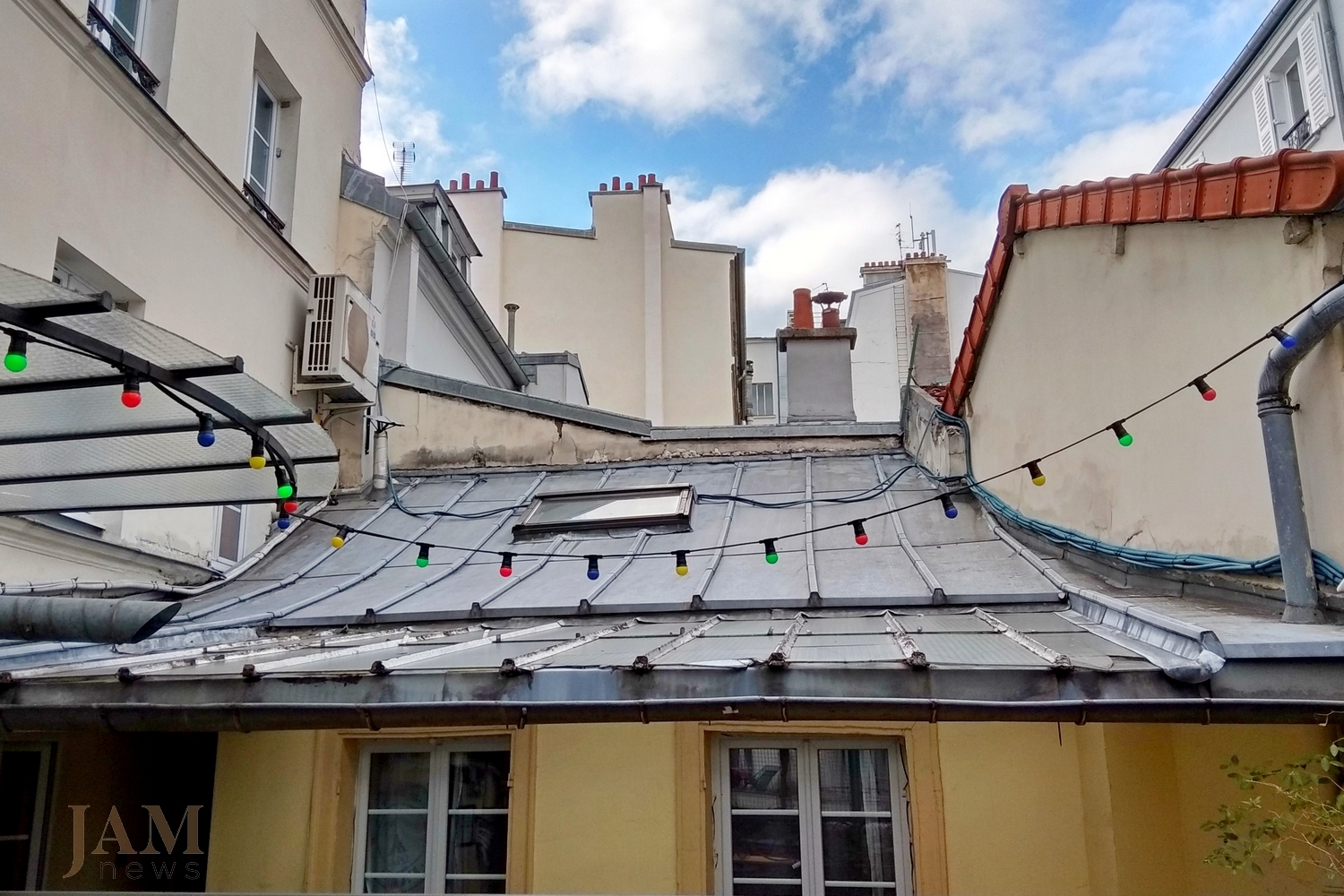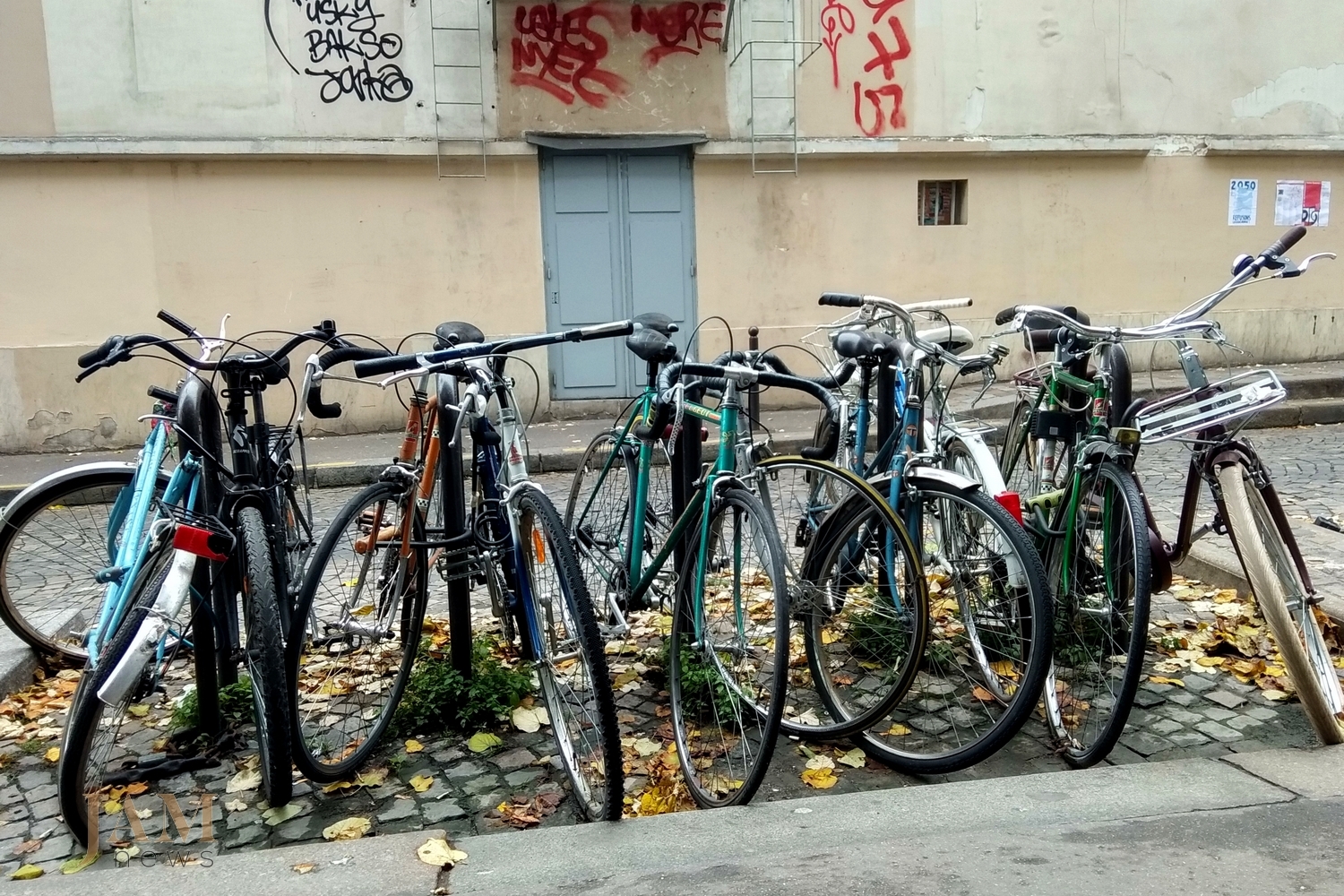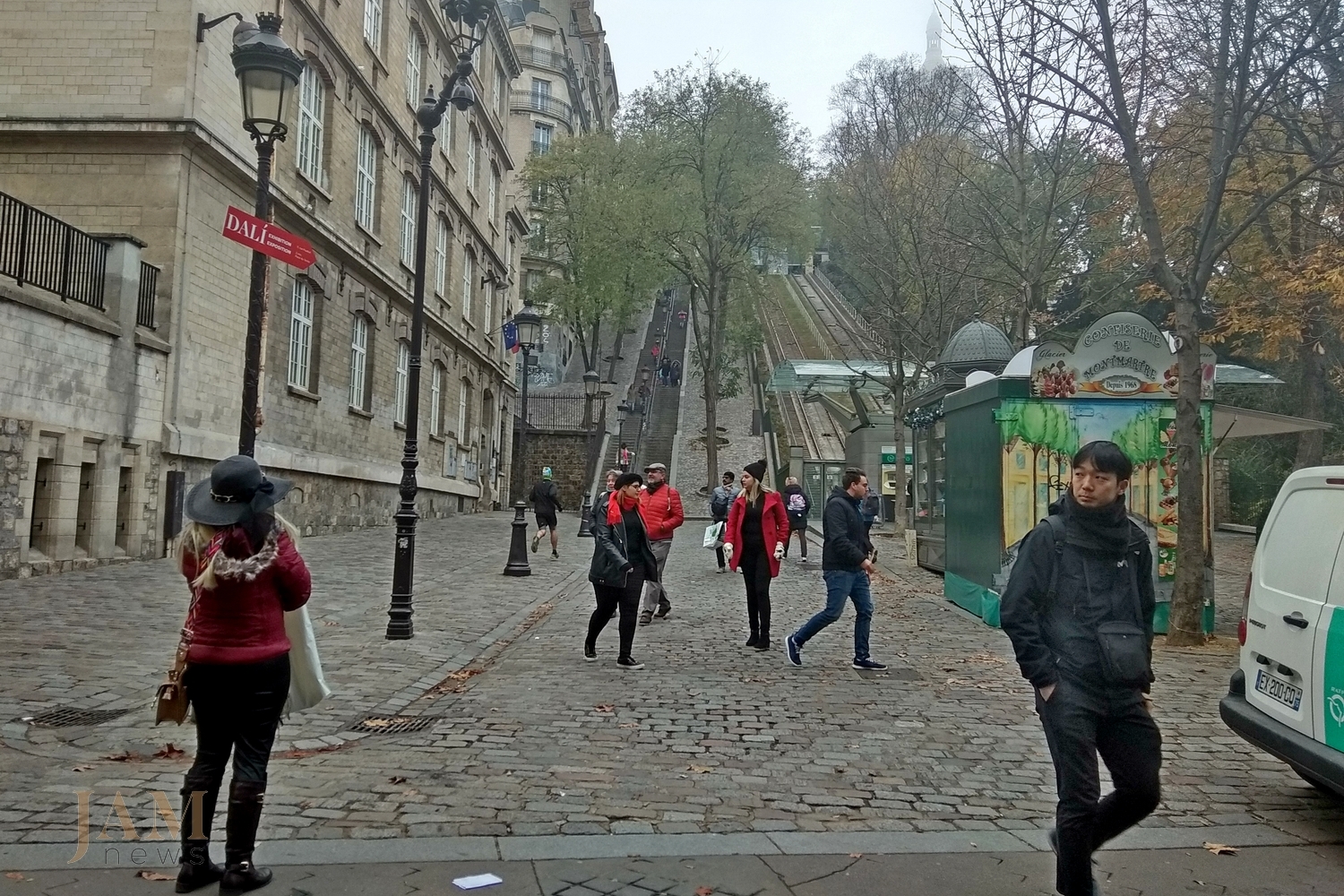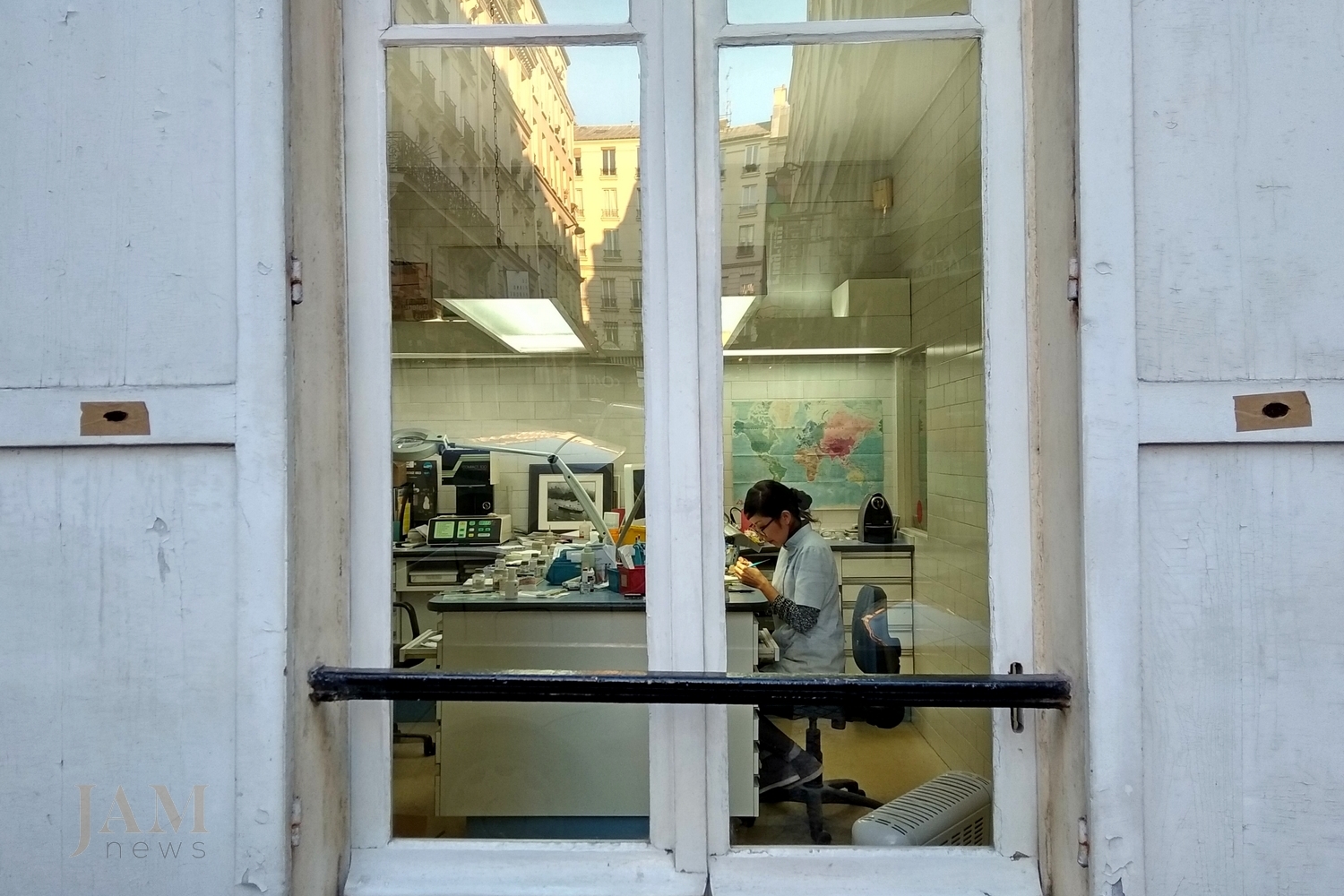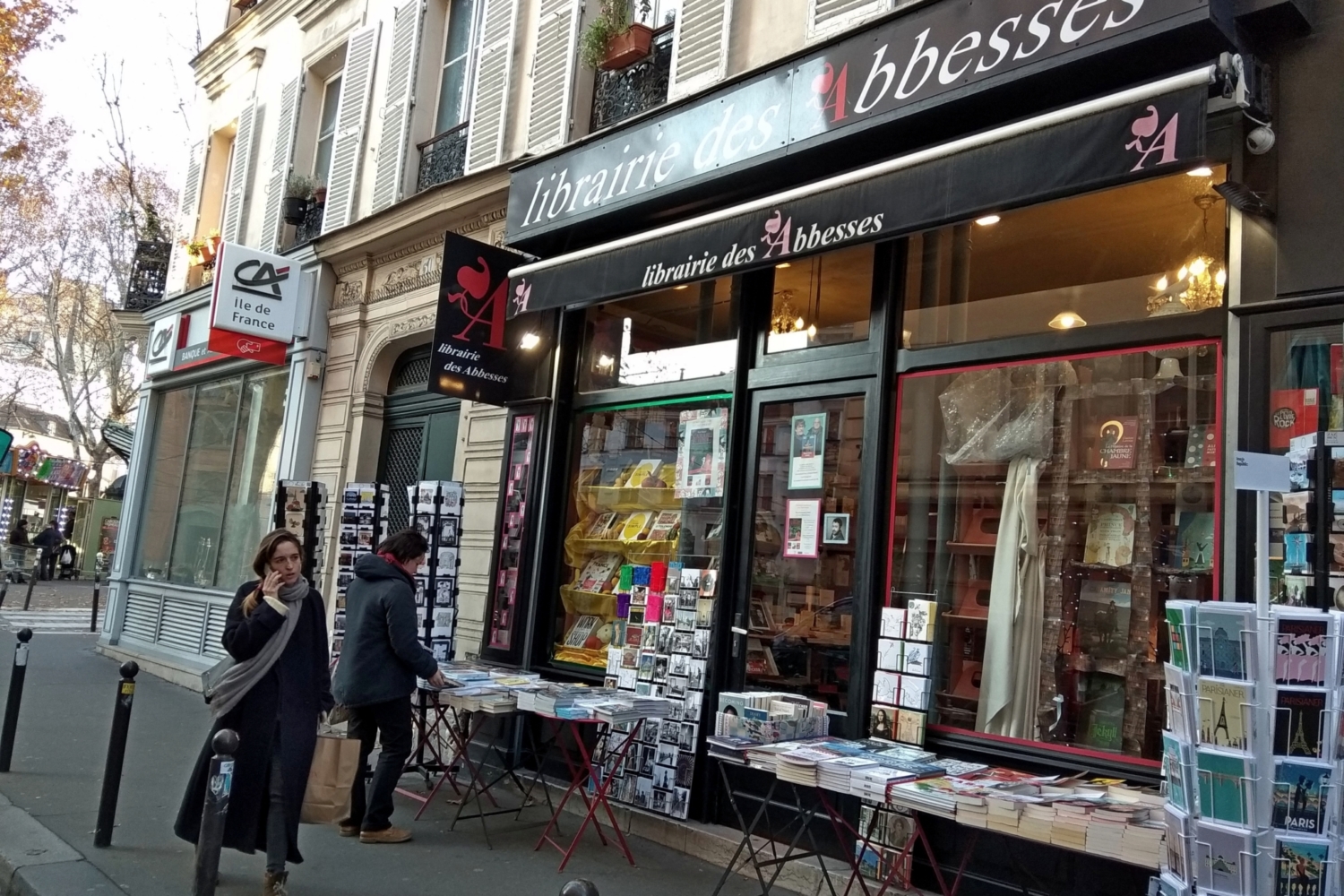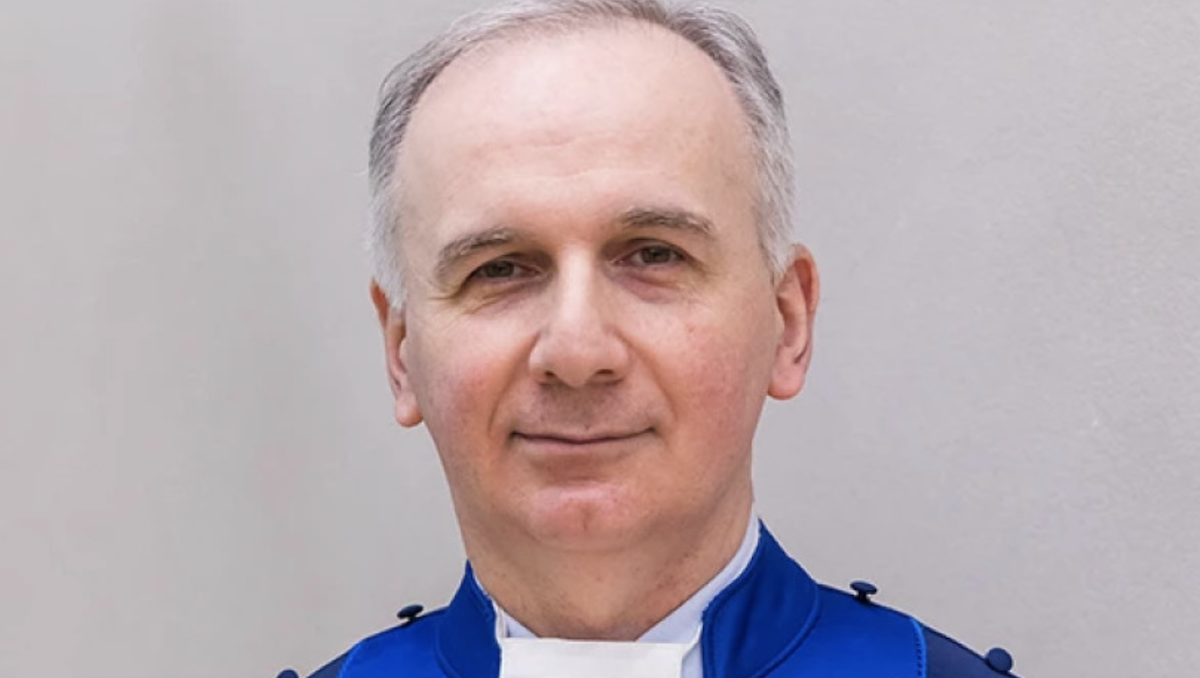Op-ed: 7 things that surprise a Bakuvian in Paris
In a city with so many beautiful, blue roofs, it is easy to end up without a roof over your head
Renting an apartment in Paris is trying – even for locals, not just foreigners. You’ll need three tonnes of documents, a reliable guarantor, a summary of what you did in your past life and then, once you have it all together, get ready to sign every page of an eighty-page contract in blood.
After that? Welcome to your flat the size of a birdhouse, and at the price of a plot of land on the moon. Be thankful for how lucky you are, and go light a candle to St Séverin in the church by the same name.
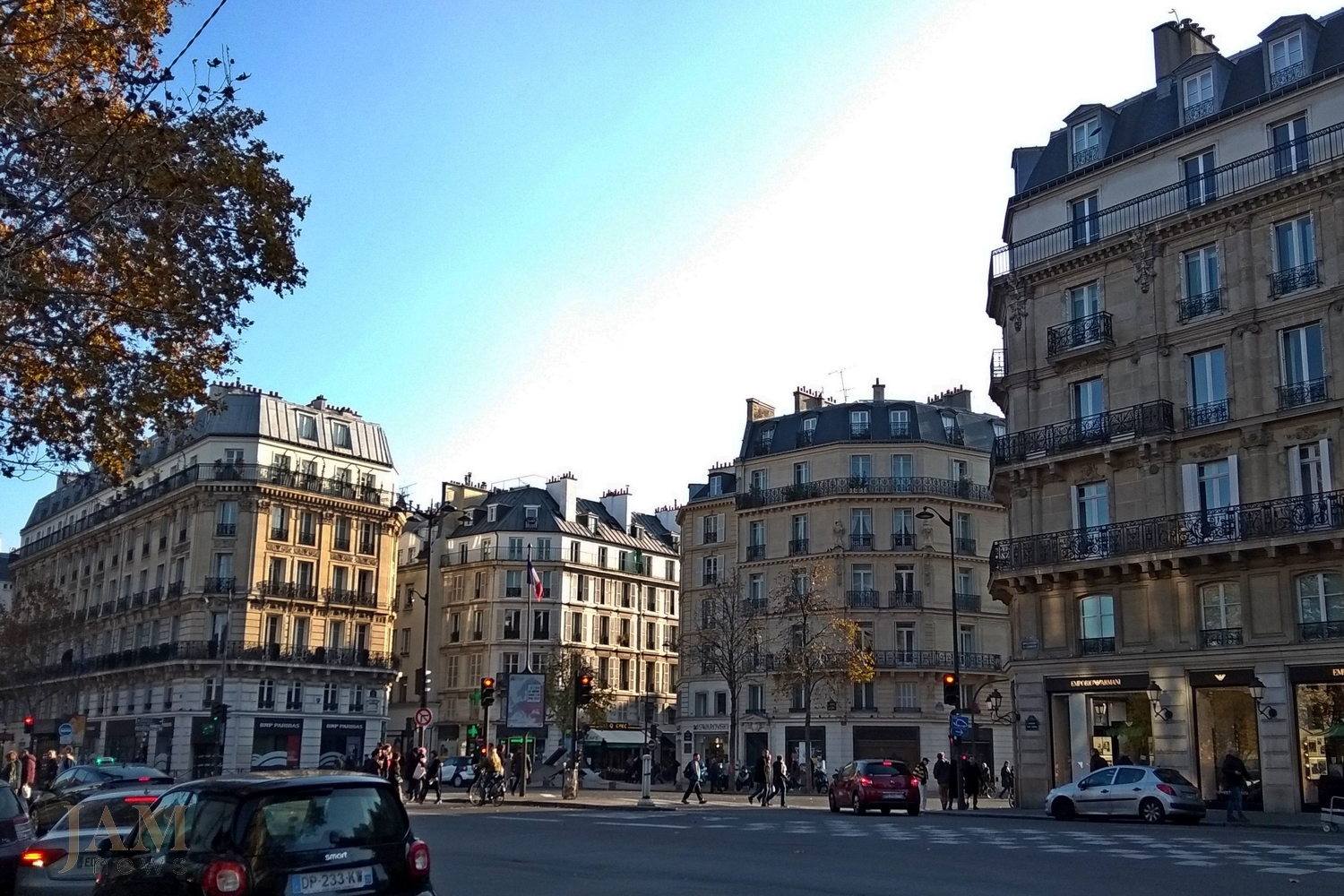

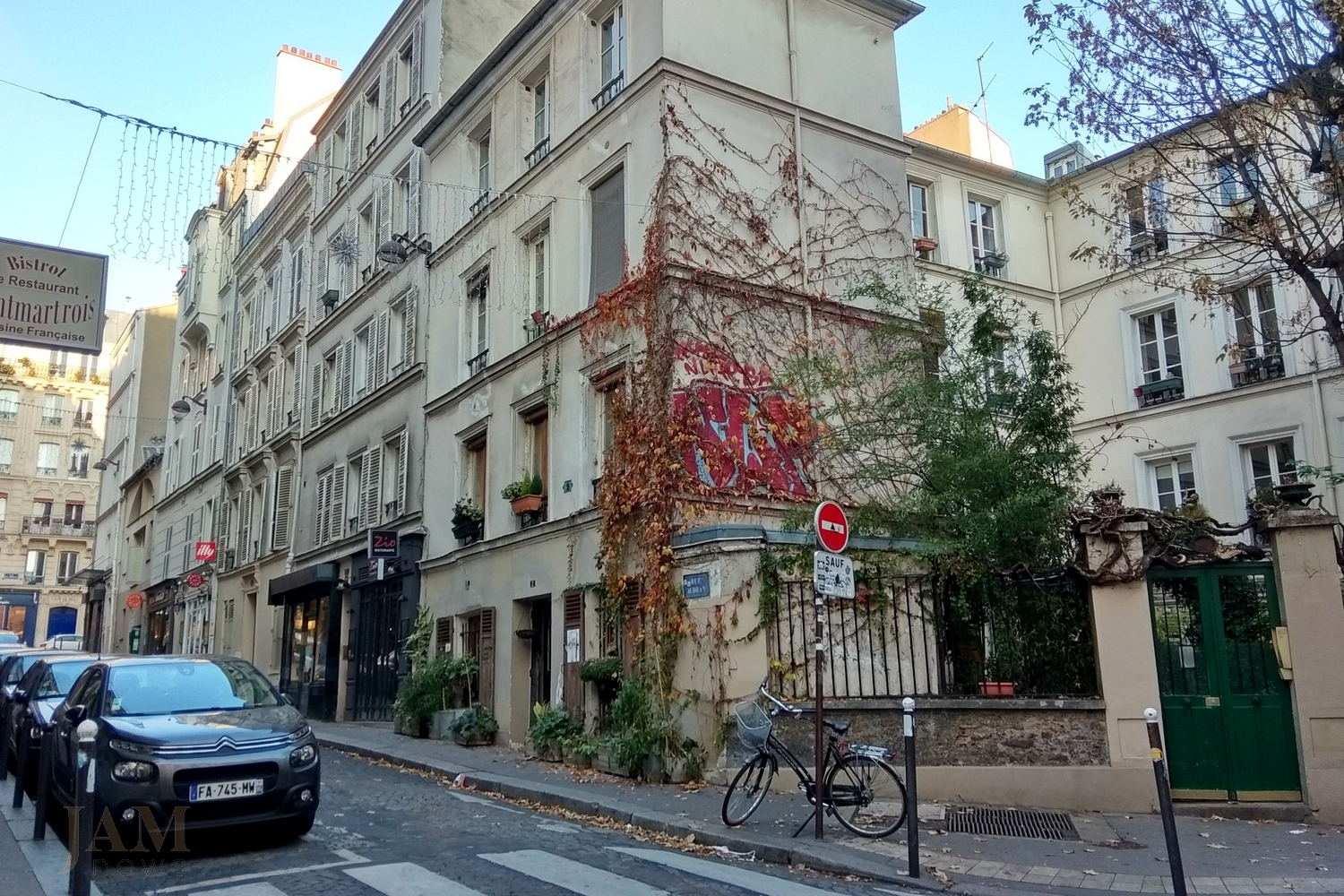
Paris’ strange metro
It’s easiest to get to St Séverin by metro. There are a number of horrific stories about the Paris metro – that it’s dangerous and sloppily constructed. But I thought that its just more odd than it is scary. For example, there is a station here named Stalingrad [ed. the old Soviet name for the Russian city of Volgograd, where one of the most important fights in WWII took place]. There are a number of stations and they’re so close to one another that the train doesn’t even have time to get up to speed in the forty seconds it takes to get from one to another.
A bookstore where you can spend the night in
Newspaper kiosks in Paris actually sell newspapers – in Baku, they’re only called newspaper kiosks, but you’d be hard-pressed to find any newspapers there. And as far as reading goes, this city has a number of bookstores that have become attractions in themselves – for example, the Shakespeare and Company store, which was opened in 1951 by the American George Whitman (the store was first called LeMistoral). In its day, this was a centre of Parisian bohemian life, and has partially remained so since then. It’s now owned by Whitman’s daughter and sells English-language books and other literary items. There’s also a cat in residence, and you can live here, too! Well, if you’re the writer in residence.

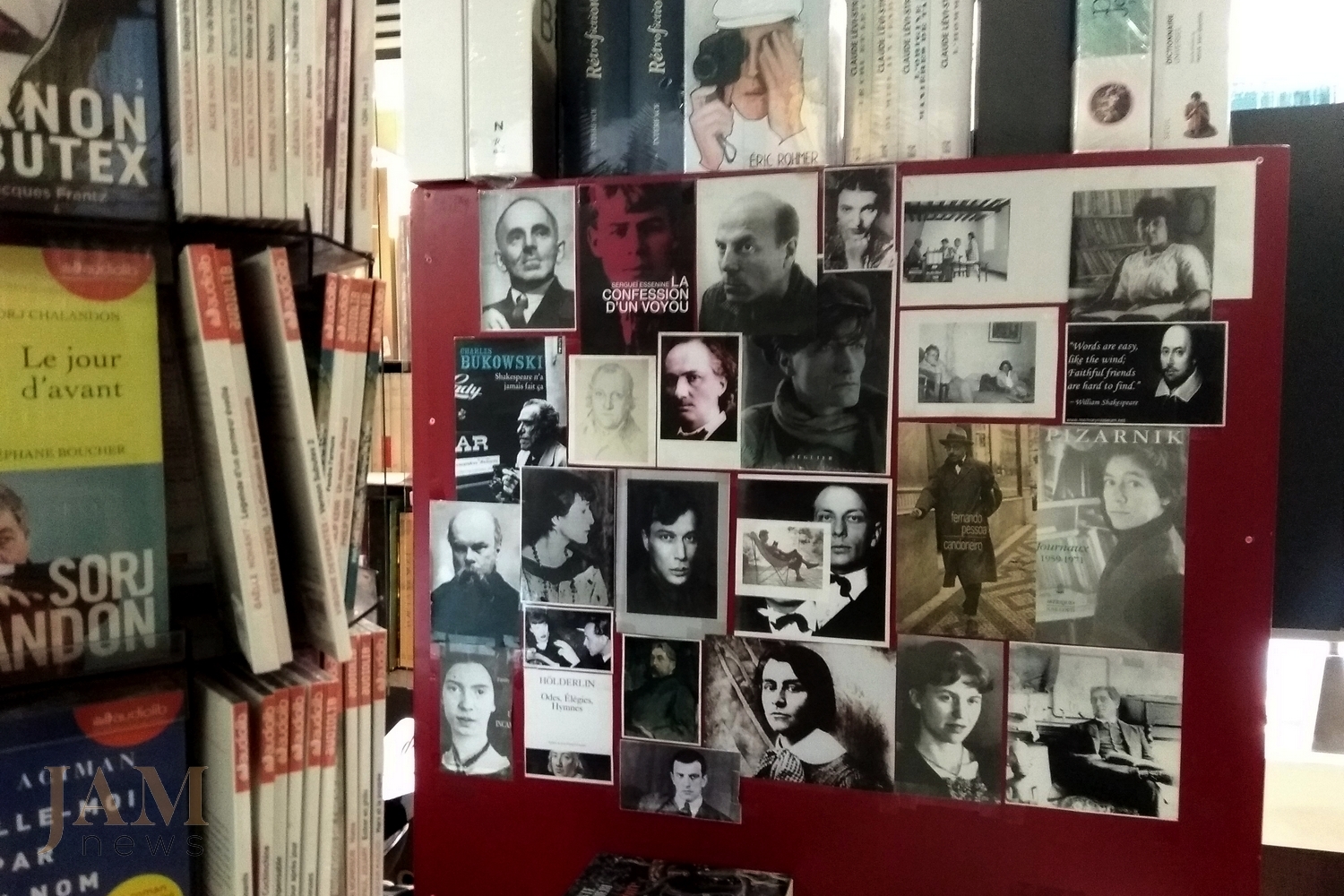
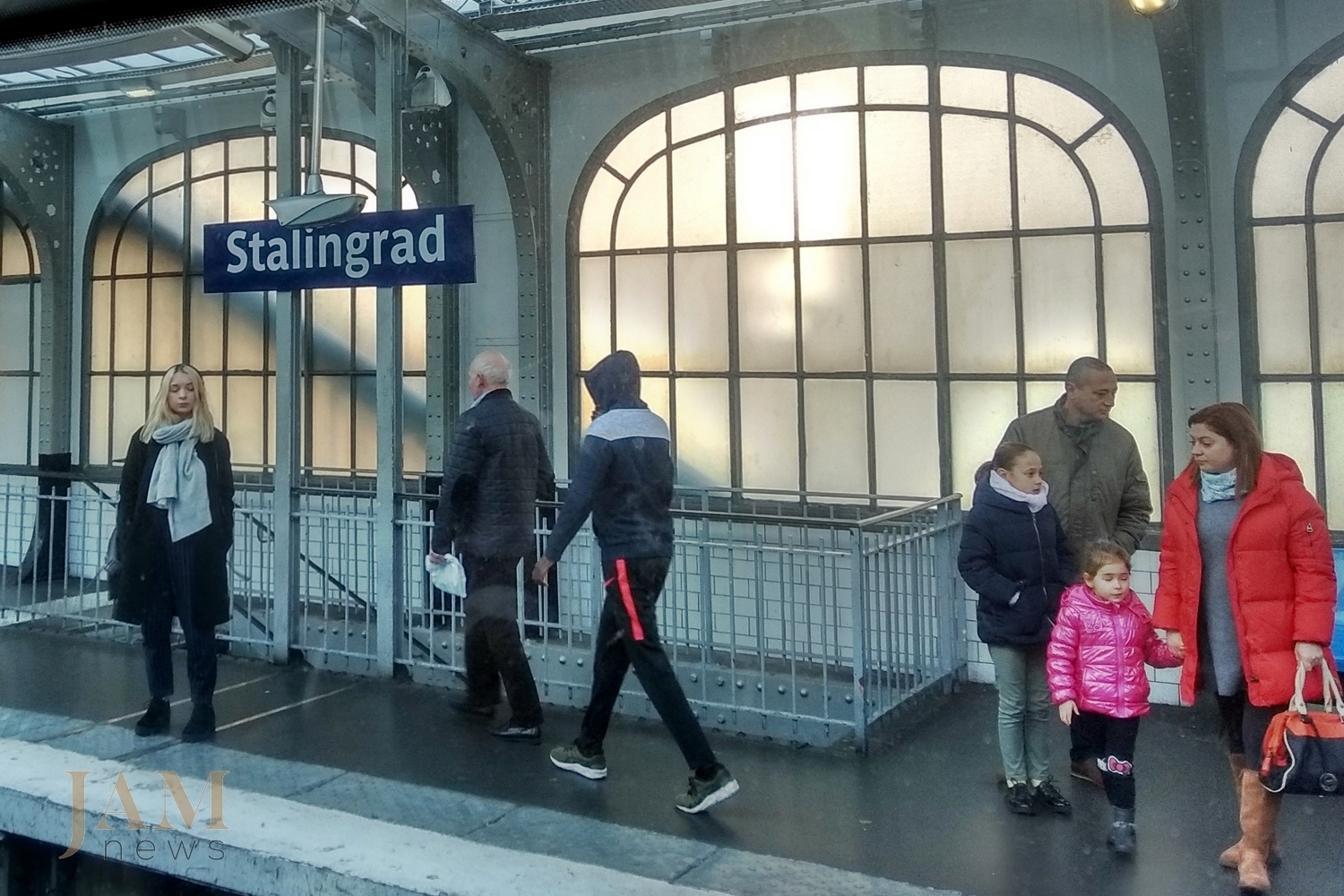
In the steps of Commissar Maigret
But if Shakespeare and Company isn’t your thing, you can always check out the old-style cafes –which have tobacco counters and phone booths, the ones that well-known author George Simeon described in his detective novels. His protagonist, Commissar Maigret would come to these cafes during his investigations, have a shot of calvados or a glass of white wine, buy some tobacco for his pipe and call the commissariat so as to give orders to his underlings.
Just one such staple is called the Québec on Rue Bonaparte.
Once I stepped inside in the evening as they were closing, and came across a drunken brawl that one of the regulars had started. It was cinematic: the saleswoman behind the tobacco counter was crouching, screaming “Jean-Jacques, stop it, please!” – the hulk of a man Jean-Jacques is smashing up the bar, and the barman runs to call the police. And of course, Commissar Maigret will be the first to arrive on the scene.
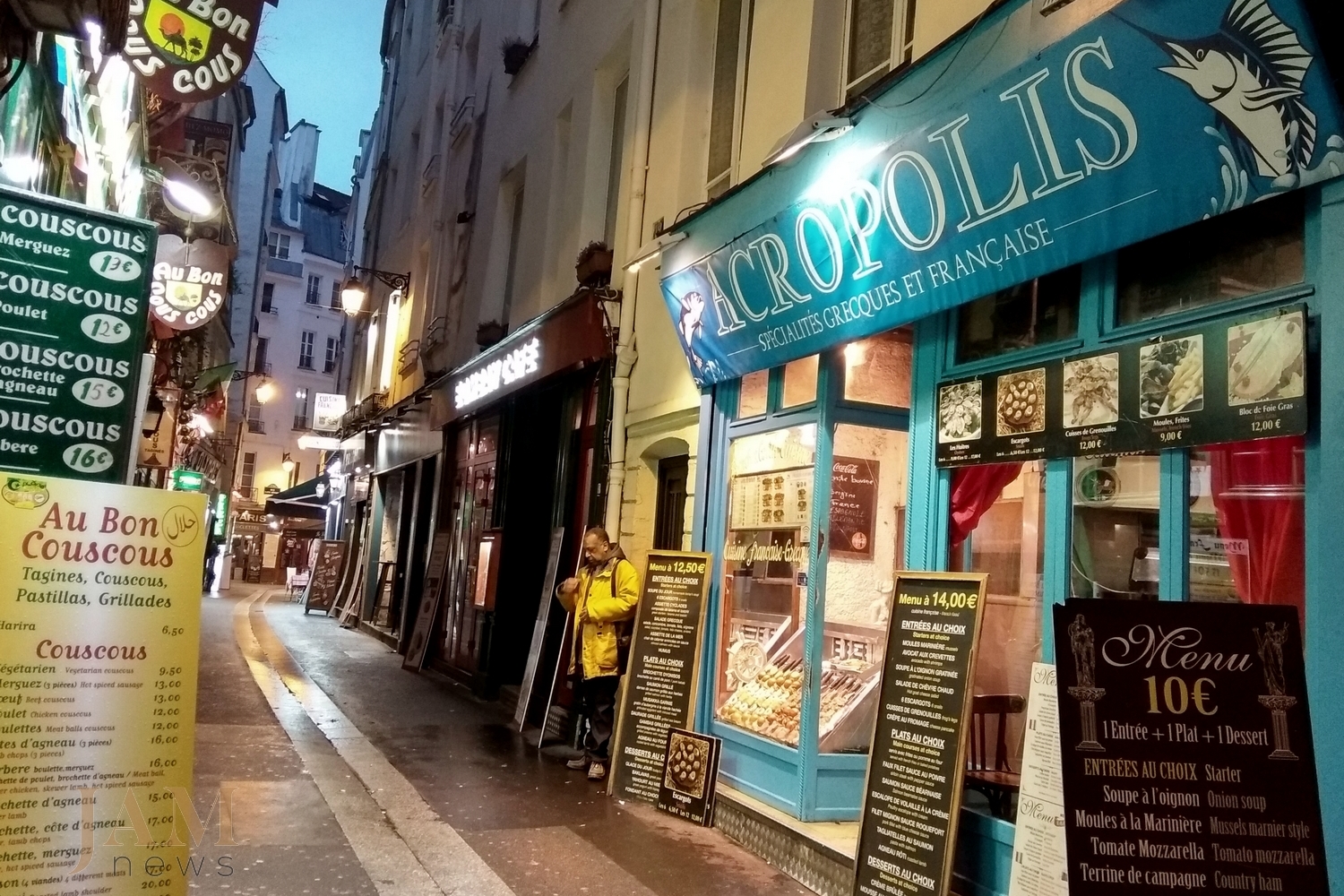
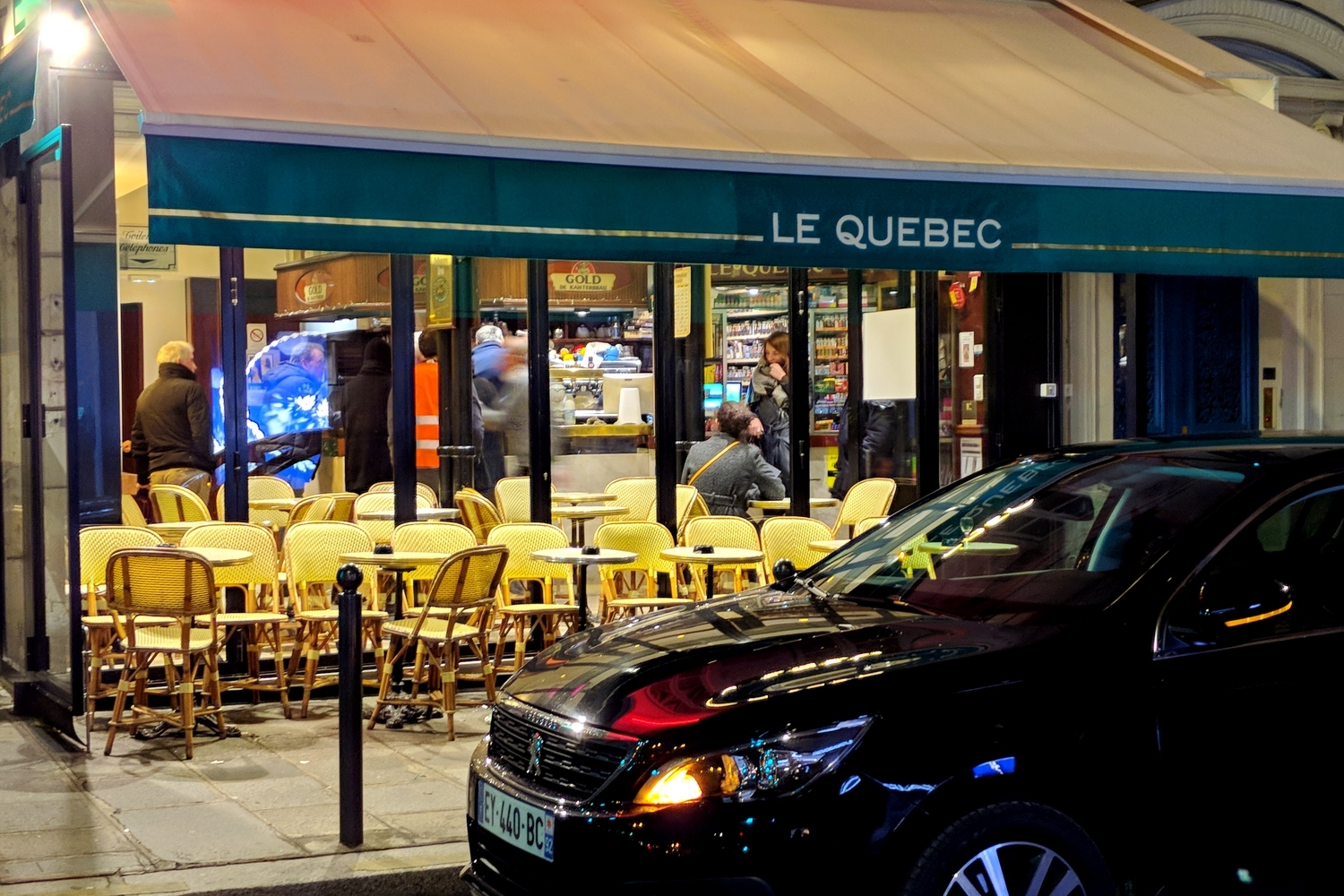
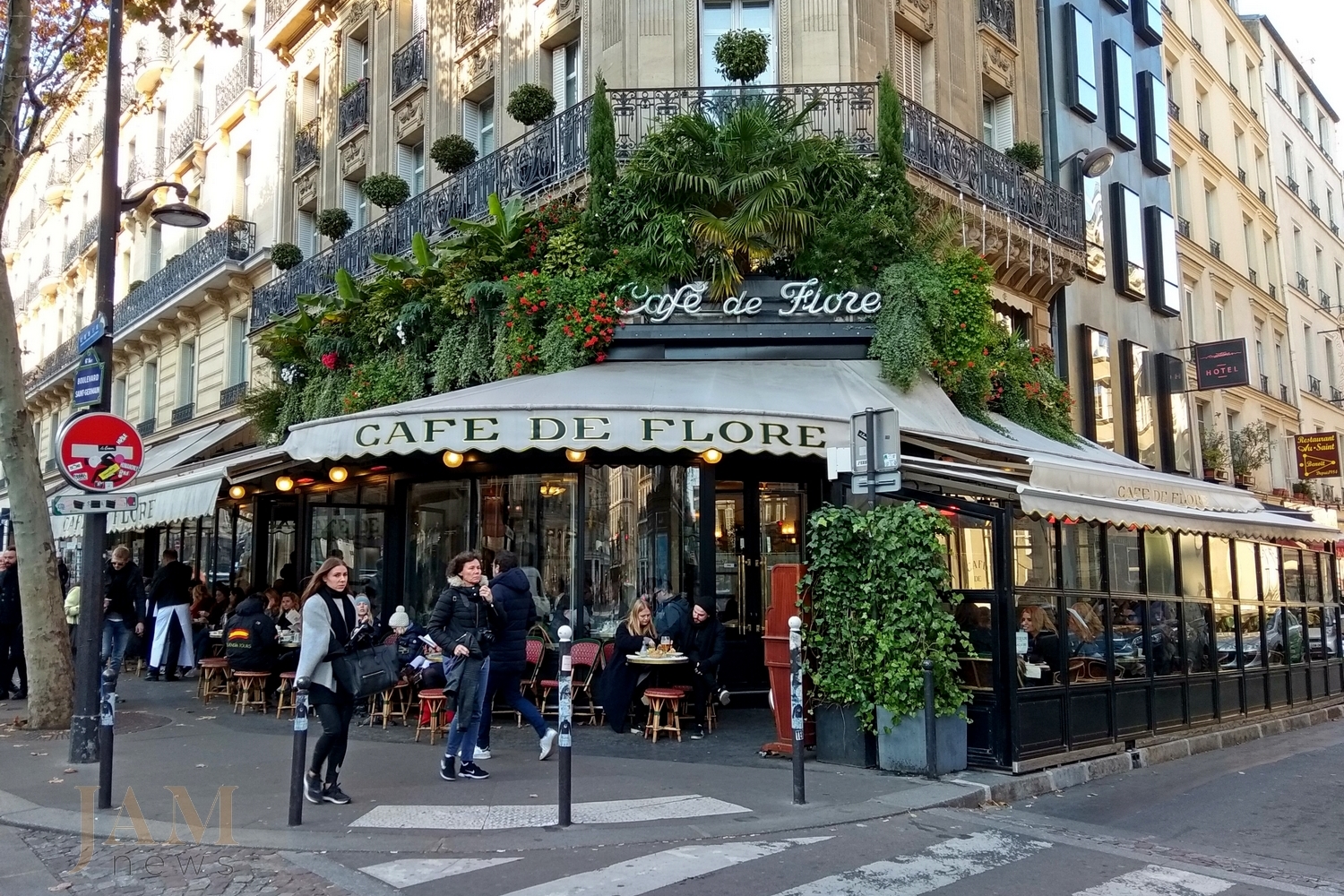
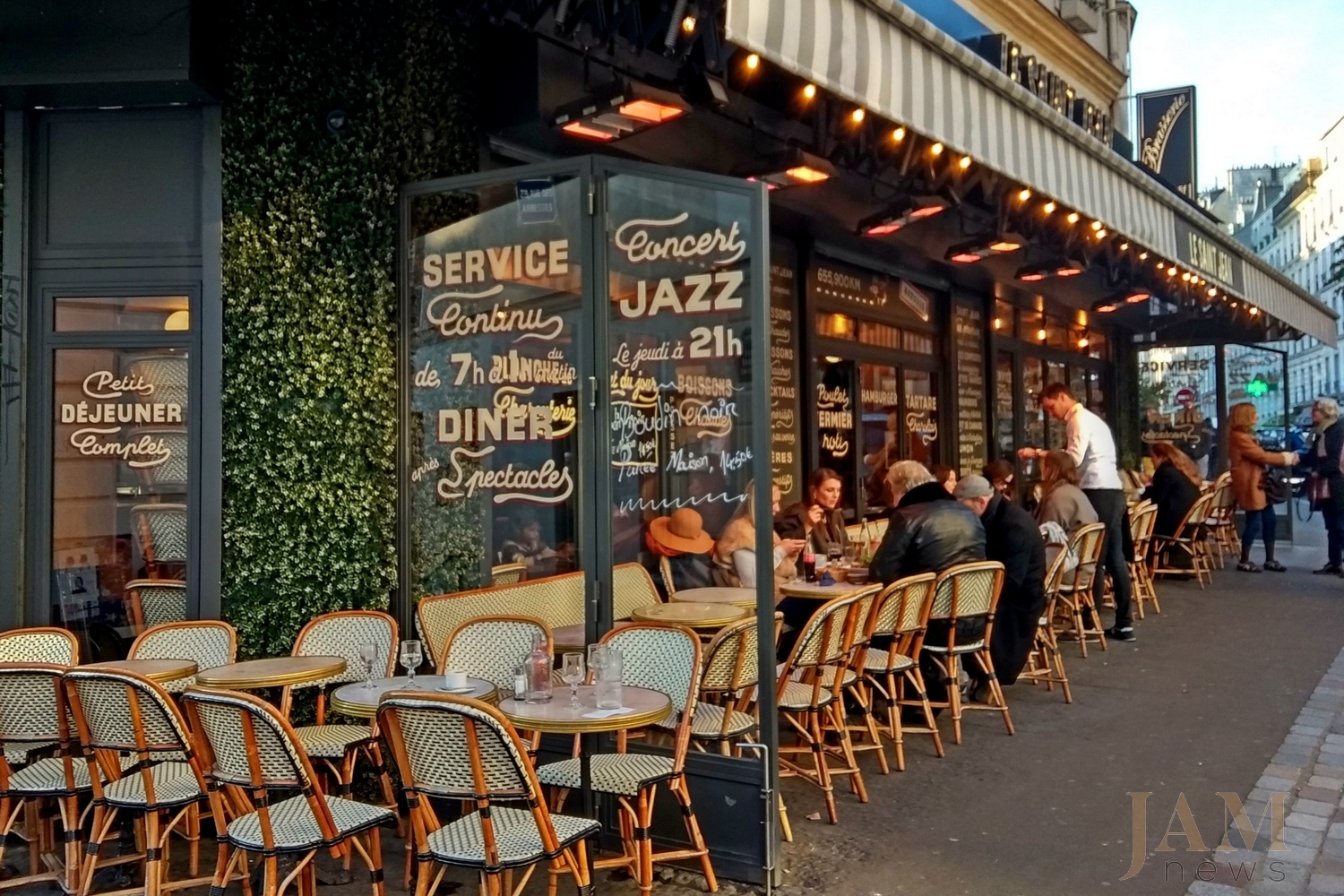
A life-affirming cemetery
The famous Père Lachaise cemetery is a pretty fun place.
At least on a Sunday afternoon, life is in full swing here. Cheerful tour guides lead crowds by the graves of famous musicians, others read books on benches. The cemetery is more like a park – the only thing missing is lemonade and cotton candy.
And yes, no matter what you hear about the magnificence of Père Lachaise, it will surpass all expectations.
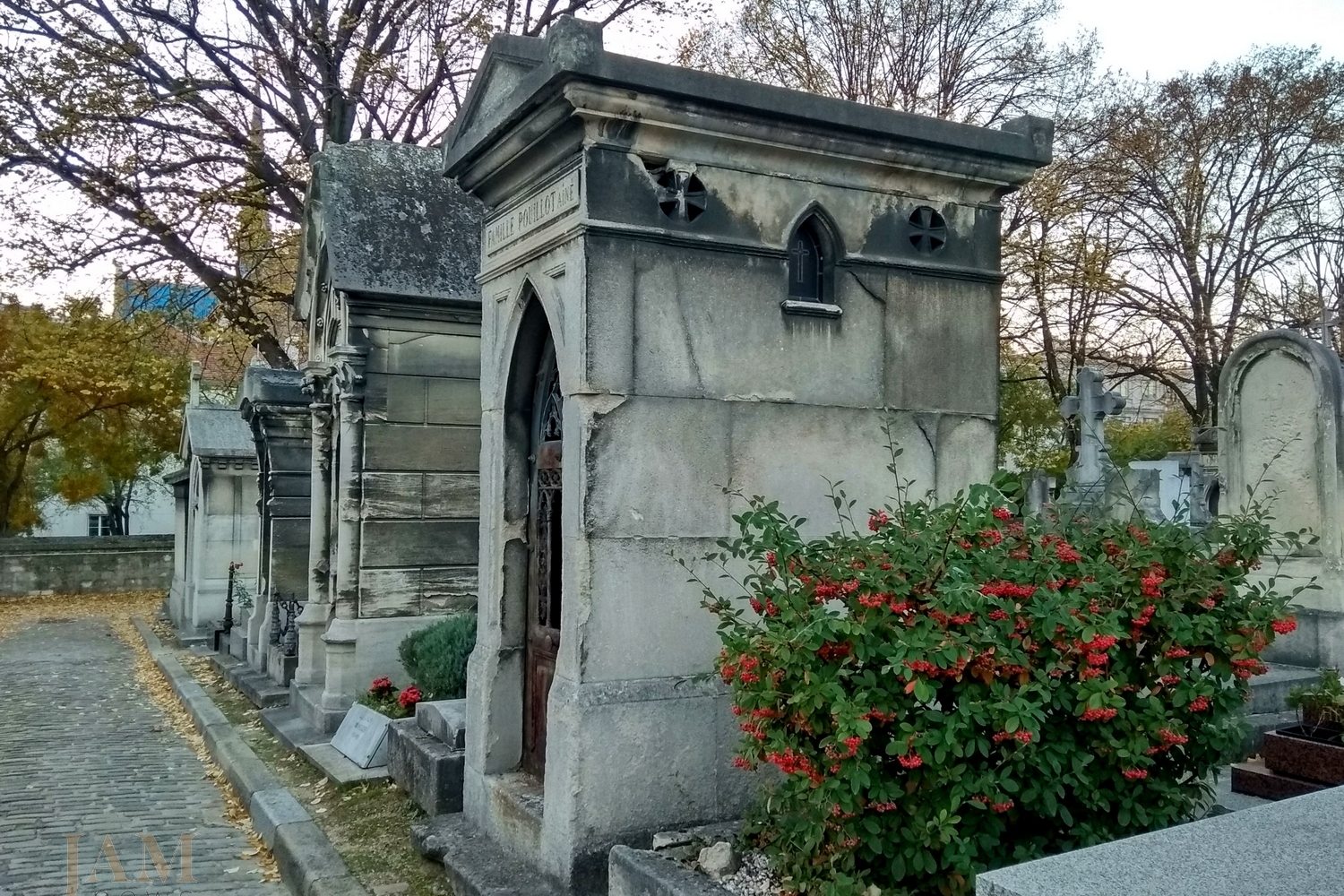
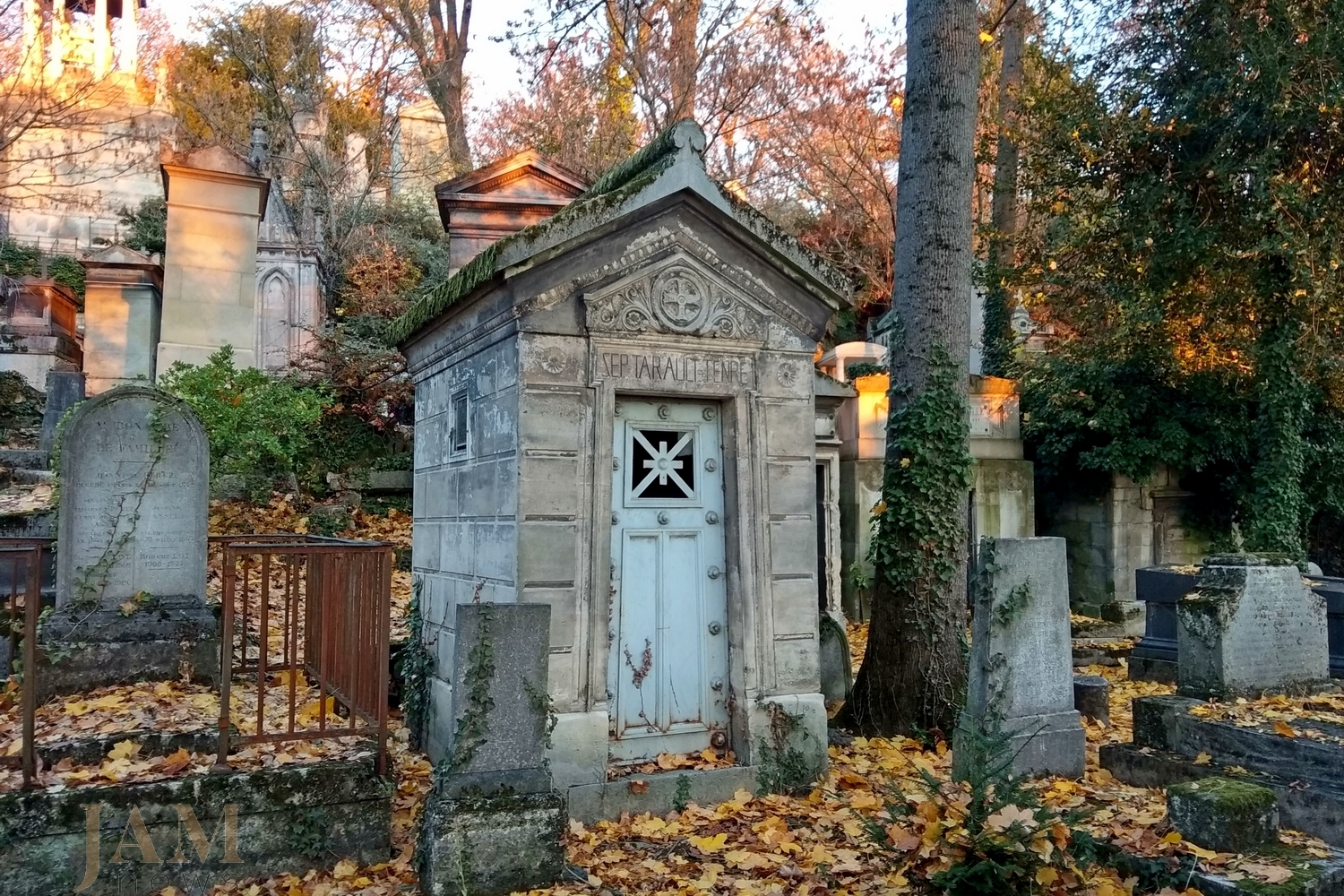
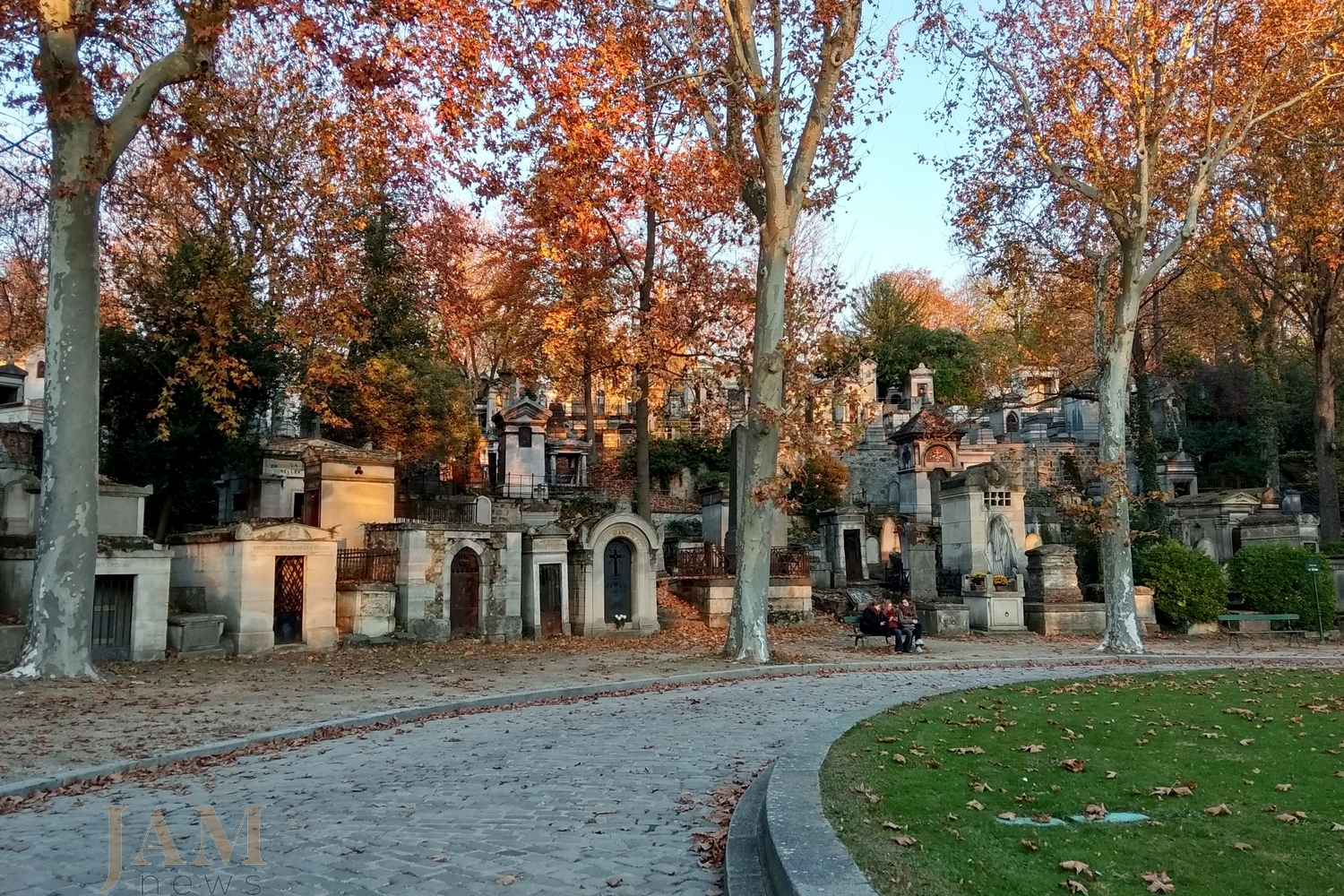
Towers large and small
The foot of the Eiffel Tower and the adjacent section of the bridge over the Seine is one of the most unpleasant, untidy and uncomfortable places in the whole city. It is teeming with tourists with selfie sticks at the ready and merchants of cheap Chinese souvenirs (mostly copies of the tower in all sizes, colors and materials).
The ‘real’ Paris still exists
There’s a well-known disorder called ‘Paris Syndrome’ – a sharp disappointment after visiting the capital of France, when it turns out to be completely different from the one on the postcards.
In order not to be disappointed in Paris, it is better not to be fascinated initially and have no illusions, but rather to get ready for the worst – that is, to the fact that this is not an ideal city of love and art, where chestnuts are blooming all year round and accordion sounds are heard.
And, if you come here with this attitude, you will find that everything is not so bad.
Yes, of course, Montmartre is no longer a refuge for Bohemians, and the philosophically minded students have left the Latin Quarter forever. Near the LaChapelle metro station, the boys sell smuggled Marlboros, and it’s better not to go to Pigalle station after dark at all.
But at the same time, the stairs of Montmartre running down from the hills are still beautiful, flying chestnuts strew the pavements with yellow leaves, and even the accordion can sometimes be heard.
In general, that beautiful Paris you’ve seen in the movies, nevertheless, still exists, disguised among the noisy streets and graffiti-streaked walls of the modern metropolis.


